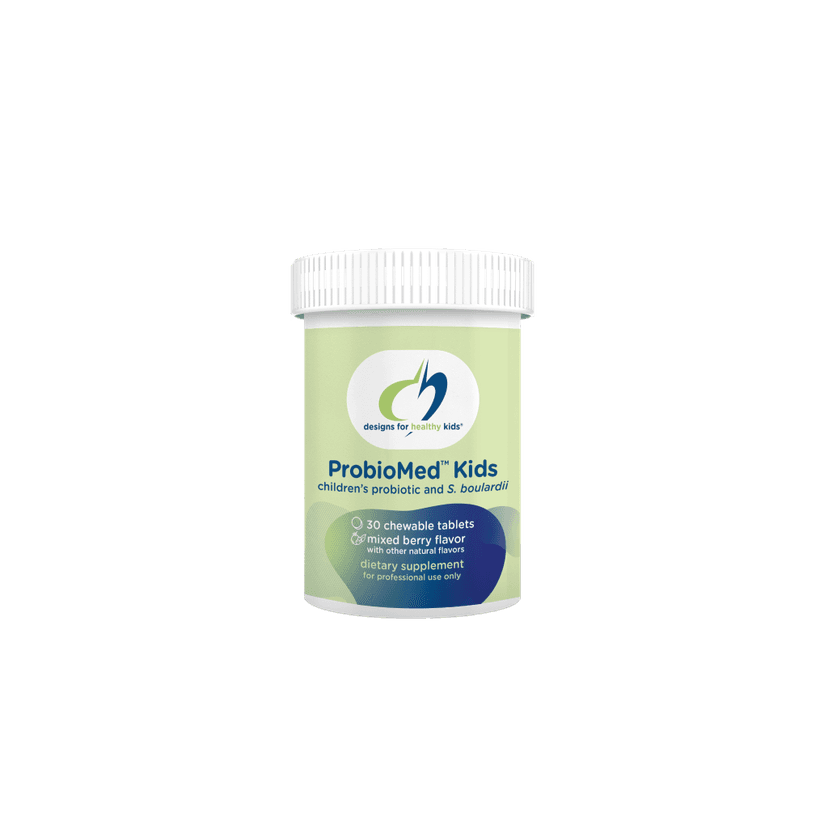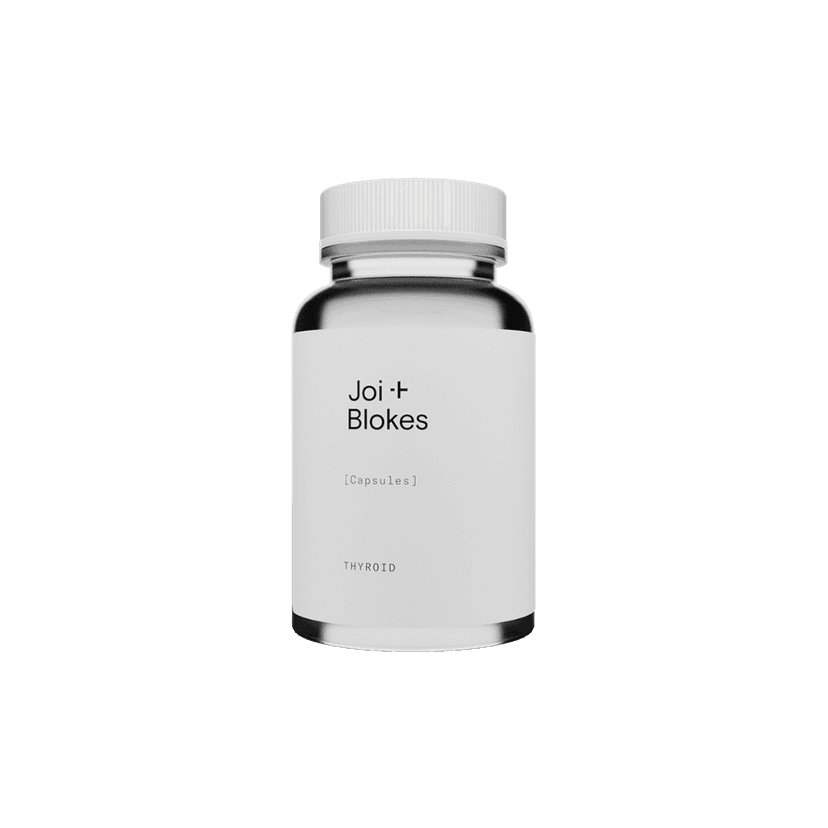Many people are confused about sugar. They might think all sugars are the same or that natural sugars are healthier than added sugars. But is that true? This article will help you understand the differences between various types of sugars and how they affect your body.
Key Takeaways
- Sugars come in many forms, but they all provide about four calories per gram.
- The human body processes all sugars in similar ways, whether they are natural or added.
- Different types of sugars have unique sources and uses in cooking and baking.
- Eating too much sugar, no matter the type, can lead to health problems like obesity and diabetes.
- Understanding food labels can help you identify added sugars and make healthier choices.
Common Types of Sugars and Their Sources
Table Sugar (Sucrose)
Table sugar, also known as sucrose, is the most common type of sugar. It is made by processing sugar cane and sugar beets. Sucrose is a combination of glucose and fructose in equal parts. This sugar is widely used in households and food manufacturing.
High Fructose Corn Syrup
High fructose corn syrup (HFCS) is a sweetener made from corn starch. It comes in two main forms: one with 42% fructose and another with 55% fructose. The rest is mostly glucose and water. HFCS is popular in processed foods and beverages because it is cheaper and easier to use than sucrose.
Natural Sugars in Fruits
Natural sugars are found in fruits, primarily as fructose. These sugars are naturally occurring and are part of the fruit itself. Eating fruits provides not just sugar but also essential nutrients and fiber, making them a healthier choice compared to added sugars.
How the Body Metabolizes Different Sugars
Metabolism of Glucose
Glucose is a simple sugar that is a primary energy source for our bodies. When you eat foods containing glucose, it is quickly absorbed into the bloodstream. Insulin, a hormone produced by the pancreas, helps cells take in glucose to use for energy. This process helps maintain stable blood sugar levels.
Metabolism of Fructose
Fructose, another simple sugar, is metabolized differently than glucose. It is primarily processed in the liver, where it can be converted into glucose or stored as fat. Unlike glucose, fructose does not cause a significant insulin response. This unique pathway can lead to fat buildup in the liver if consumed in large amounts.
Role of Insulin
Insulin plays a crucial role in regulating blood sugar levels. When you consume sugars, insulin helps cells absorb glucose from the bloodstream. This hormone ensures that your body maintains energy balance and prevents high blood sugar levels. Without proper insulin function, conditions like diabetes can develop.
Understanding how different sugars are metabolized can help you make better dietary choices and manage your health more effectively.
Nutritional Differences Between Natural and Added Sugars
Caloric Content
Both natural and added sugars provide the same amount of calories per gram, which is about 4 calories. However, the source of these sugars can make a difference in how they affect your health. Natural sugars are found in whole foods like fruits and vegetables, which also contain fiber, vitamins, and minerals. Added sugars, on the other hand, are often found in processed foods and beverages, contributing to empty calories without any additional nutrients.
Nutrient Density
Natural sugars come packaged with other beneficial nutrients. For example, an apple not only provides natural sugars but also fiber, vitamin C, and various antioxidants. Added sugars, such as those found in soda or candy, lack these additional nutrients. This makes natural sugars a more nutrient-dense option compared to added sugars.
Impact on Health
Consuming high amounts of added sugars is linked to various health issues, including obesity, diabetes, and heart disease. Natural sugars, when consumed in moderation as part of whole foods, do not have the same negative impact. In fact, the fiber in fruits can help slow down the absorption of sugar, preventing spikes in blood sugar levels.
It's important to read food labels to identify added sugars and make healthier choices. Reducing your intake of added sugars can significantly improve your overall health.
The Role of Sugar in Cooking and Baking
Sweetening
Sugar is most commonly known for its ability to add sweetness to foods and drinks. It enhances the flavor of baked goods, beverages, and even savory dishes. Different types of sugar, such as white sugar, brown sugar, and honey, can be used to achieve varying levels of sweetness and flavor profiles.
Caramelization
When sugar is heated, it undergoes a process called caramelization. This not only changes the color of the sugar to a rich brown but also develops complex flavors. Caramelization is essential in creating the golden crust on baked goods, the rich color in sauces, and the deep flavors in candies.
Fermentation
In baking, sugar plays a crucial role in fermentation. Yeast feeds on sugar, producing carbon dioxide and alcohol, which helps dough rise. This process is vital for making bread, pastries, and other baked items light and fluffy.
Without sugar, many of our favorite baked goods would lack the texture and flavor we love. It’s not just about sweetness; sugar contributes to the overall structure and appeal of food.
Summary
- Sweetening: Enhances flavor in various foods and drinks.
- Caramelization: Adds color and complex flavors through heating.
- Fermentation: Helps dough rise by feeding yeast.
Understanding the different roles sugar plays in cooking and baking can help you better appreciate its importance beyond just adding sweetness.
Misconceptions About Sugars
Natural vs. Processed Sugars
Many people believe that natural sugars are inherently healthier than processed sugars. However, the body metabolizes both types in the same way. Natural sugars found in fruits come with fiber and nutrients, which can slow down sugar absorption and provide additional health benefits. In contrast, processed sugars, often found in sweets and sodas, lack these beneficial components.
Sugar in Fruits vs. Sweets
There's a common misconception that the sugar in fruits is just as harmful as the sugar in sweets. While both contain sugar, fruits also offer vitamins, minerals, and fiber, which are essential for a balanced diet. Sweets, on the other hand, are often high in added sugars and provide little to no nutritional value.
Health Claims and Marketing
Marketing can be misleading when it comes to sugar. Products labeled as "natural" or "organic" sugars are often perceived as healthier. However, these labels do not necessarily mean the product is lower in calories or better for you. It's important to read nutrition labels carefully to understand the sugar content and make informed choices.
Understanding the differences between natural and added sugars can help you make healthier dietary choices. Don't be swayed by marketing claims; always check the nutrition facts.
Health Implications of Excessive Sugar Consumption
Obesity
Consuming too much sugar can lead to unhealthy weight gain. This often results in fat forming around the midsection and high blood-sugar levels. Limiting your intake of added sugars reduces your risk of becoming overweight or obese.
Diabetes
High sugar intake is linked to an increased risk of developing type 2 diabetes. This is because excessive sugar can cause insulin resistance, making it harder for your body to manage blood sugar levels.
Heart Disease
Eating a lot of sugar can increase your risk of heart disease. It can raise your blood pressure, heart rate, and levels of inflammation. High sugar consumption is also associated with higher triglyceride levels, which are a type of fat in your blood.
Reducing sugar in your diet can help lower your risk of these serious health issues. It's important to be mindful of the amount of sugar you consume daily.
Reading Food Labels to Identify Added Sugars
Common Names for Added Sugars
When reading food labels, it's important to recognize the various names that added sugars can go by. Added sugars can be listed under many different names, making it tricky to spot them. Here are some common names for added sugars:
- Sucrose
- High-fructose corn syrup
- Barley malt
- Dextrose
- Maltose
- Rice syrup
- Molasses
- Cane juice
Understanding Nutrition Labels
The Food and Drug Administration (FDA) now requires food labels to list both "Total Sugars" and "Added Sugars." This change helps consumers understand how much sugar is naturally occurring and how much has been added during processing. Added sugars should make up no more than 10% of your daily calories.
| Nutrient | Amount per Serving |
|---|---|
| Total Sugars | 12g |
| Added Sugars | 8g |
Tips for Reducing Sugar Intake
Reducing sugar intake can be challenging, but here are some tips to help:
- Read labels carefully and look for added sugars.
- Choose products with lower amounts of added sugars.
- Opt for natural sweeteners like fruit when possible.
- Be cautious of "sugar-free" products, as they may contain other unhealthy ingredients.
By being mindful of the sugars in your food, you can make healthier choices and reduce your risk of health issues related to excessive sugar consumption.
Conclusion
In summary, while all sugars share similar basic structures and are metabolized in the same way by our bodies, they can come from different sources and have unique characteristics. Whether it's the sugar in your fruit or the sugar added to your favorite dessert, your body processes them similarly. However, it's important to be mindful of the amount of sugar you consume, as too much can lead to health issues. Understanding the differences between various types of sugars can help you make better dietary choices and maintain a balanced diet.
Frequently Asked Questions
Are all sugars the same?
Not exactly. While all sugars provide about four calories per gram, they can come from different sources like fruits, sugarcane, or corn syrup. The body processes them similarly, but their impact on health can vary.
Is natural sugar healthier than added sugar?
Natural sugars found in fruits come with vitamins, minerals, and fiber, making them a healthier choice compared to added sugars, which offer no extra nutrients.
How does the body use different types of sugars?
The body breaks down all sugars into simple forms like glucose and fructose. Glucose is used for energy, while fructose is processed in the liver. Both types can affect your blood sugar levels.
Does sugar in fruit count as added sugar?
No, the sugar in fruit is natural and comes with other important nutrients. Added sugars are those that are put into foods during processing or preparation.
Can eating too much sugar cause health problems?
Yes, consuming too much sugar can lead to health issues like obesity, diabetes, and heart disease. It's important to monitor your sugar intake.
How can I tell if a food has added sugars?
Check the nutrition label. Look for terms like high fructose corn syrup, cane sugar, or agave nectar. These are all added sugars.
























